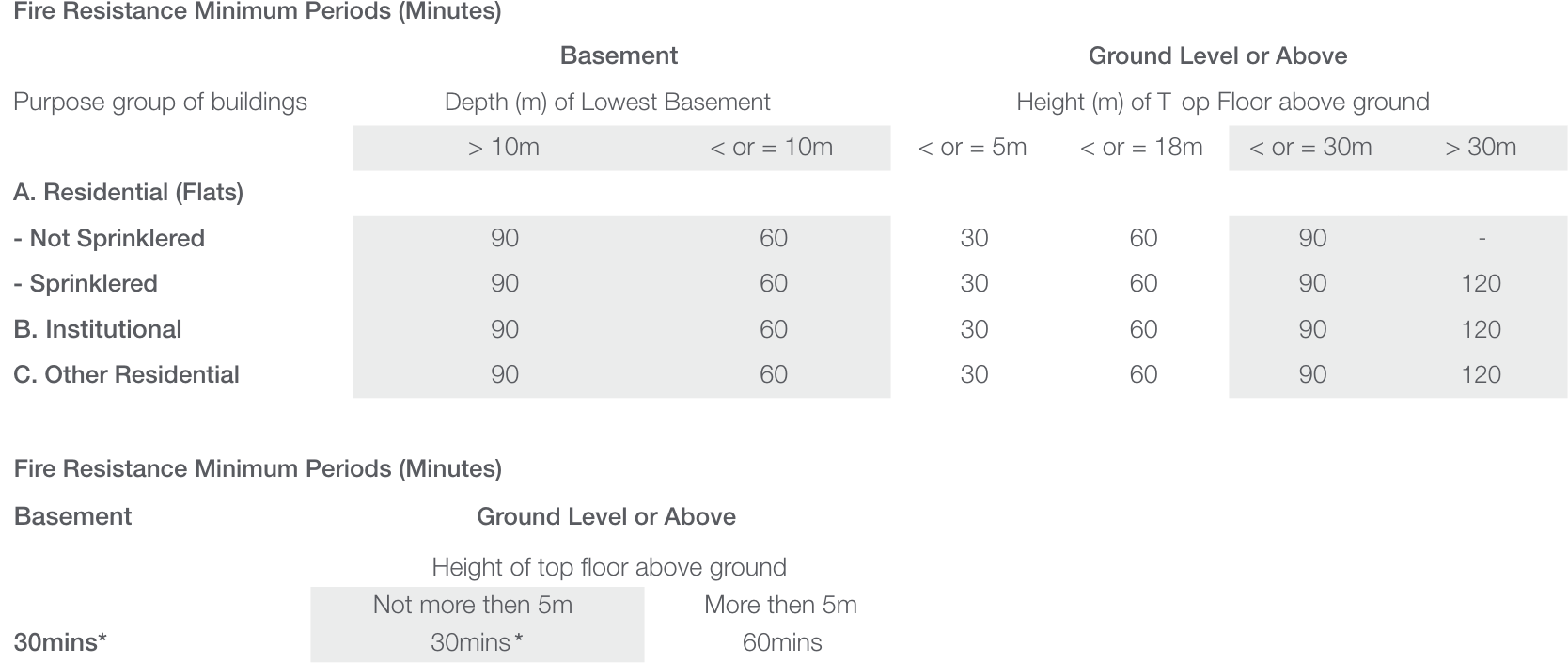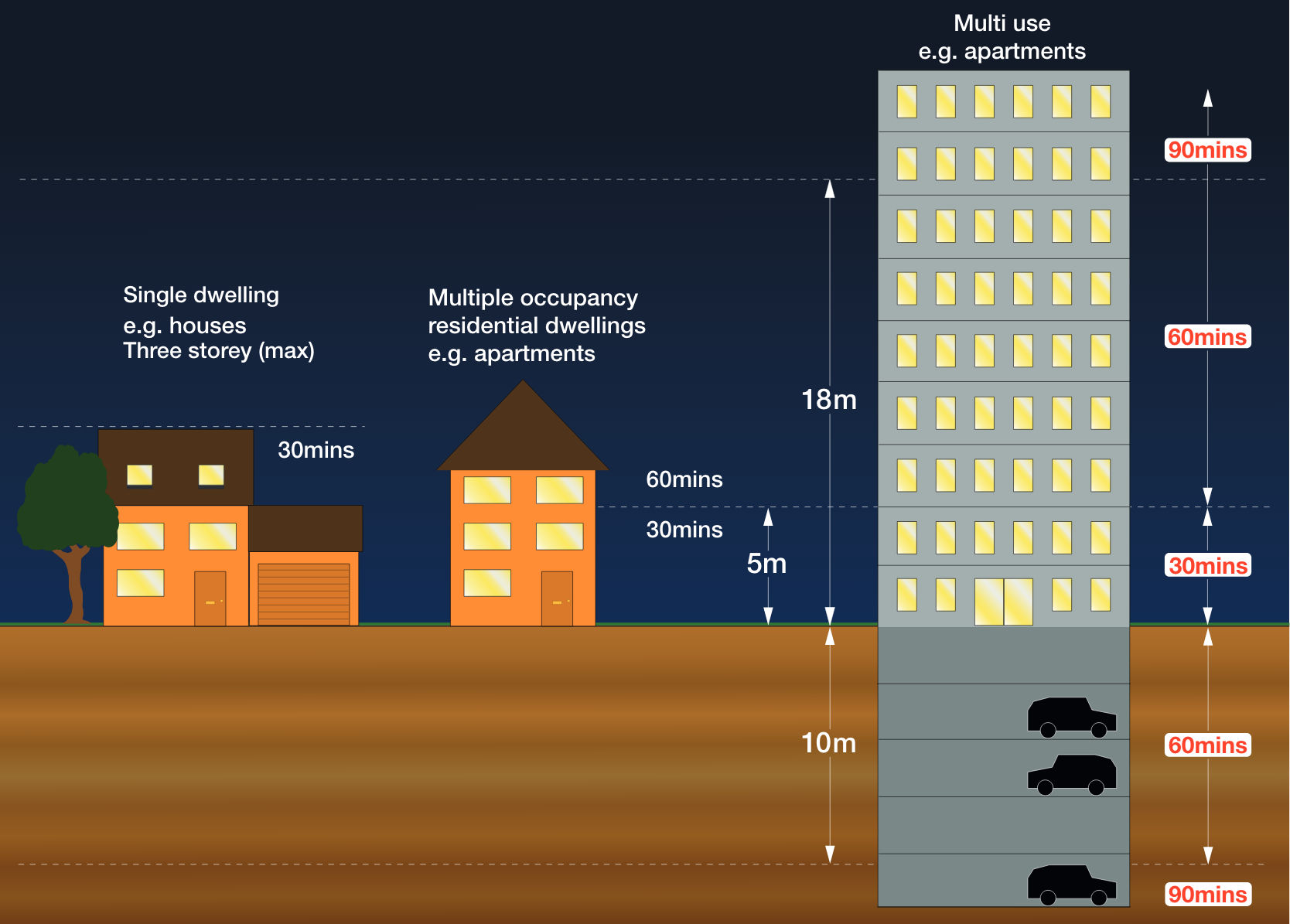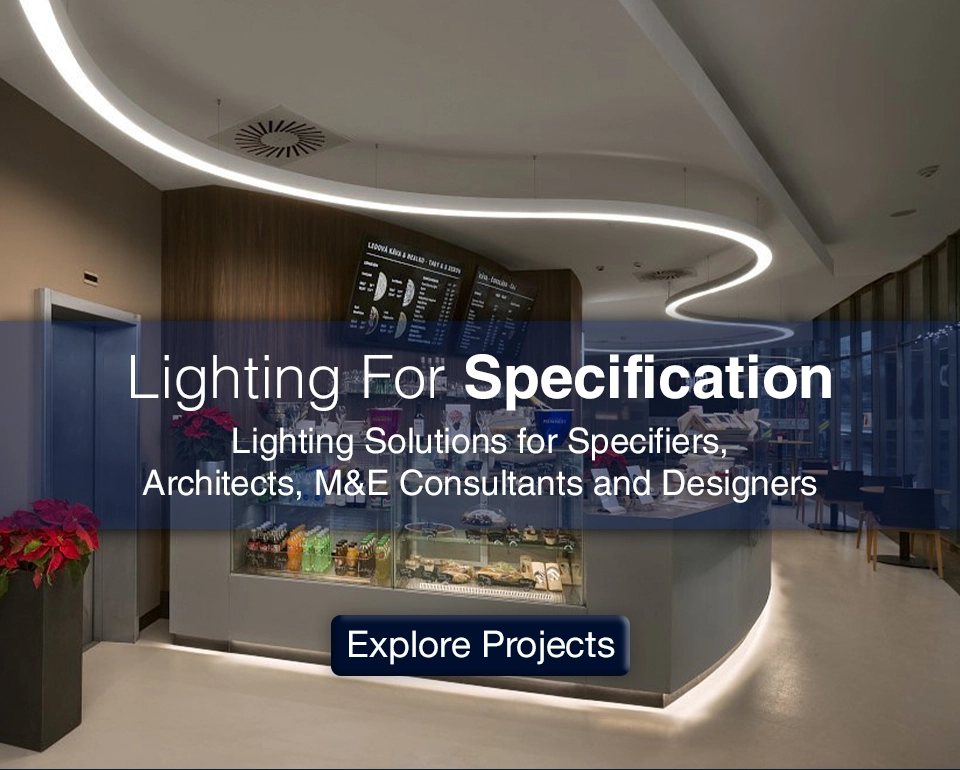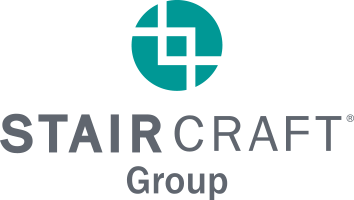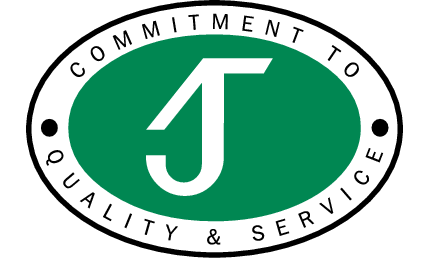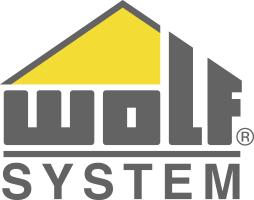Joist Compliant Fire Rated Downlights
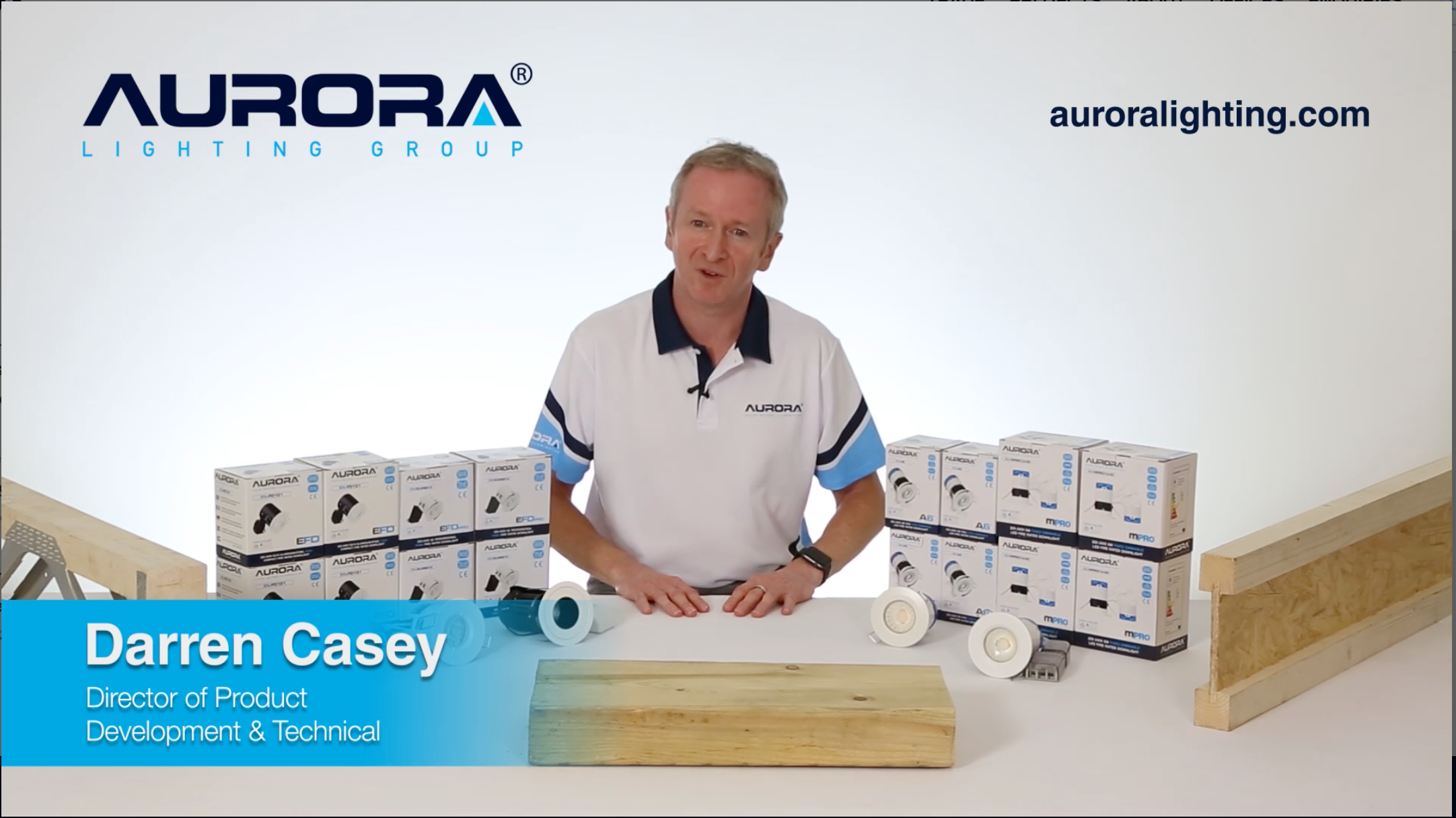
The Importance of Compliance
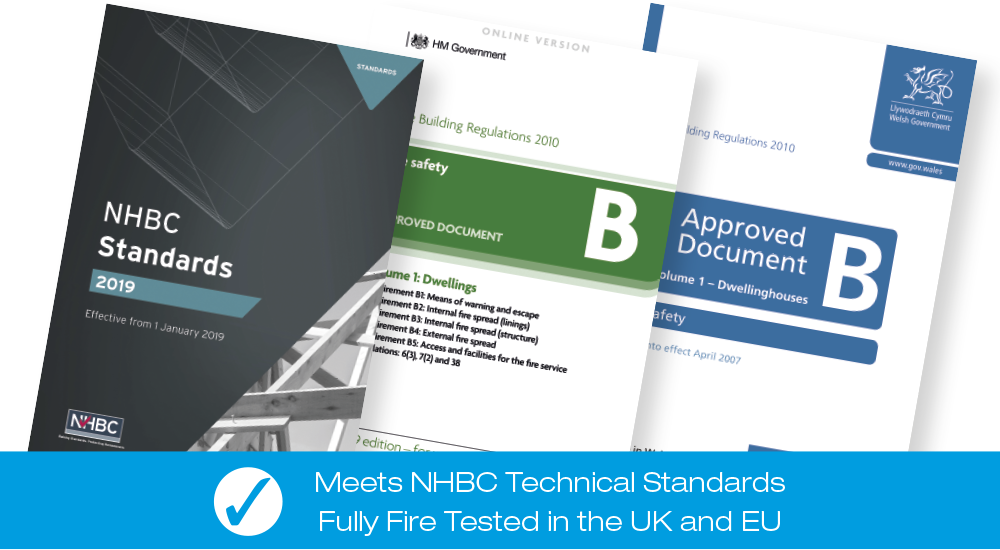
It is important to note that unlike traditional or open web joists, one test with one i-Joist manufacturer does NOT give you automatic approval with any other manufacturer.
However it is also acceptable to NHBC Building Control to use the test to demonstrate compliance for other engineered joist floors where the key elements of the test are the same or better. These elements would include:
- 1. Joist type i.e. engineered joist or metal web
- 2. Joist size including the central web thickness and grade of board
- 3. Spacing of joist
- 4. Thickness of plasterboard
- 5. Density of downlighters
Common Engineered Joist Types
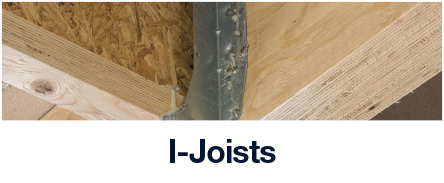
- They are strong and lightweight, with enhanced rigidity
- High strength-to-weight ratio for easier handling and on-site installation
- Can be cut to required length on-site and installed more quickly
- Not prone to shrinking or warping, resulting in a quieter floor construction
- Can be manufactured in greater lengths, reducing the need for columns & beams
- Allows for larger spaces, satisfying the trend for open-plan living areas in homes
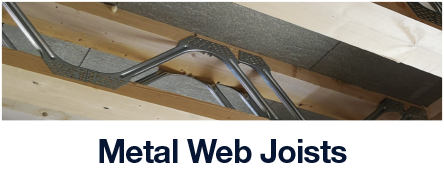
- Have an open central section for ease of installation of services
- Different lengths available to allow for longer spans
- Ideal for open-plan spaces within residential buildings
- Less timber means less shrinkage
- Manufactured to length off-site
- Timber cords should never be cut or drilled on site
- The metal webs should never be cut or removed, as this will reduce strength
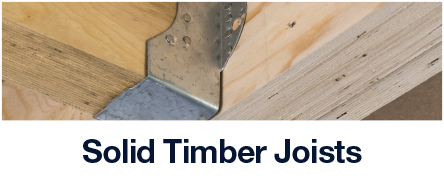
- Traditional method for building floors using solid timber
- Strength Grading of joists is done by machine to British Standard EN 14081 to classes C16 or C24
- There are actually 12 Strength Classes available in Europe, but the UK mainly uses C16 and C24
- The Strength Class of the joist is very important when determining which joist to use for your project. It will help you identify which joist dimensions to use for a particular span and loading situation
in the joist, the product can experience a quicker burn through rate which is why it is essential that the
fire rated downlights and joist have been tested together.
*Not Air Leakage Or Acoustic Rated
but also steel web which allows the joists to be used over a larger area.
*Not Air Leakage Or Acoustic Rated
manufactured from timber only.
*Not Air Leakage Or Acoustic Rated
30, 60 And 90 Minute Fire Resistance Periods



Fire Resistance Minimum Periods (Minutes)
